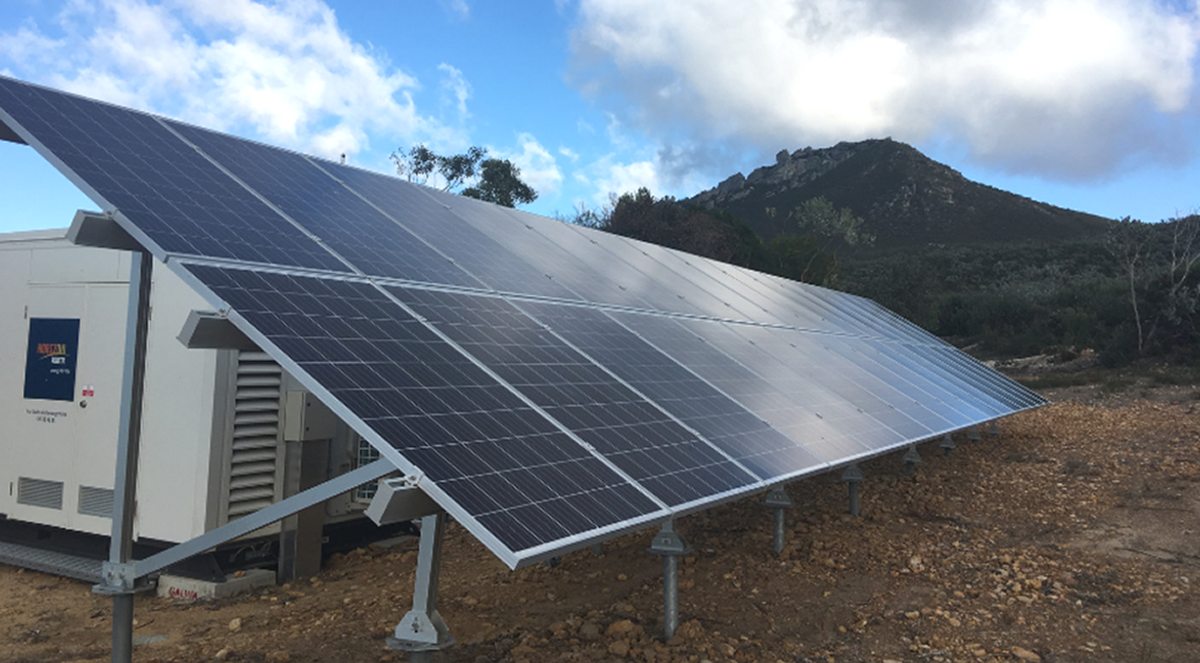
- #OFF GRID SOLAR POWER SYSTEMS HOW TO#
- #OFF GRID SOLAR POWER SYSTEMS INSTALL#
- #OFF GRID SOLAR POWER SYSTEMS FULL#
Source: Redarc Sizing the Battery and Charge Controller These two panels will be connected in series as shown below. Total energy required (Wh) ÷ daily sunlight hours (h) = solar panel size (W)Īssuming that the location in the above example receives about 4.5 hours of sunlight daily, we have:Īgain, with some safety margin, we can use two 350-watt solar panels. Once you have that number, below is the simple calculation to find out solar panel size. You can find the daily sunlight hours for any location from one of the many sources on the internet. To size your solar panels, begin by finding out the average sunlight hours in your location.
#OFF GRID SOLAR POWER SYSTEMS HOW TO#
Let’s see how to use these numbers to calculate the size of solar panels, inverter, and battery. The above table indicates that at any point in the day, the maximum power draw from the solar panels is 470 W, and that the total energy consumed in a 24-hour cycle is 2,740 Wh, or 2.74 kilowatt-hours (kWh). Note that values in the last column are products of the preceding two columns (watts and hours). Once you know the power rating of all appliances you plan to run on solar, make a table with power and energy values. You can also use online tools to find out the power consumption of your appliances.Ĭalculate the energy consumption by multiplying power consumption by hours of use. The power rating of each appliance is given in watts (W), and often noted on the appliance. To do this, list all your appliances and their power (hourly) and energy (daily) consumption. This size mainly depends on the total electricity requirement of all the appliances the system will power.
#OFF GRID SOLAR POWER SYSTEMS INSTALL#

Inverter: An inverter converts direct current (DC) from the panels into usable, alternating current (AC).Panels are the energy-producing part of the system. Solar panels: The first and obvious item you will need is a solar panel(s).Equipment and Tools Needed for a DIY Solar Systemīefore we talk about installing, here is a list of equipment and tools you will need: Let’s go over how to plan, design, and install an off-grid solar power system. All you need is some simple calculations and basic electrical know-how. And, as we covered in our previous article, many states restrict residents from connecting a DIY system to the power grid. But building a small off-grid system can be surprisingly straightforward. In most places, installing and connecting a solar system to the grid requires professional licenses or certifications.
#OFF GRID SOLAR POWER SYSTEMS FULL#
If you want to try your hand at DIY solar, a small off-grid system is safer and easier to install than a full rooftop solar system.


 0 kommentar(er)
0 kommentar(er)
